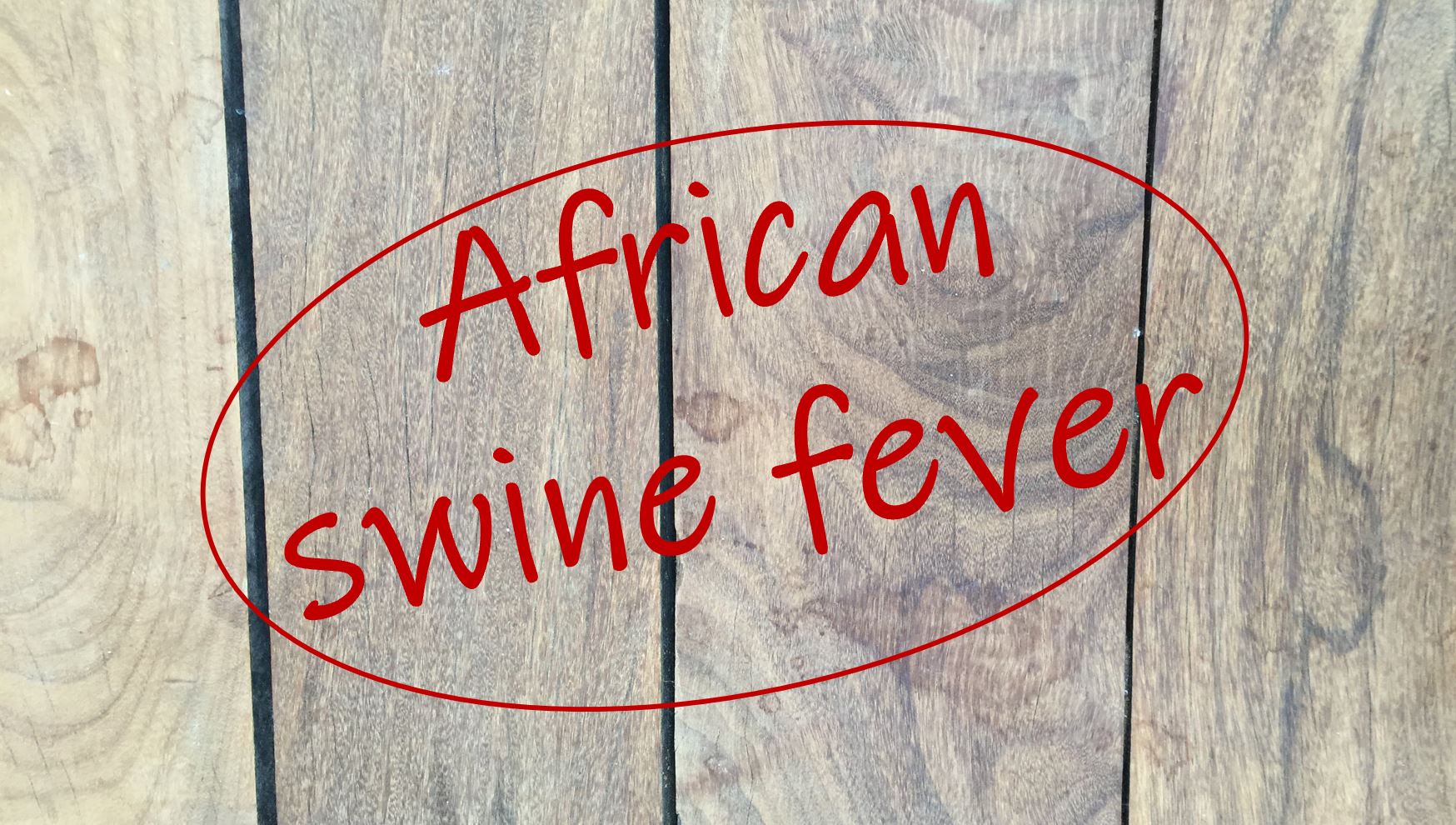



Leman: Using observational data to determine prevention & treatment results
Observational data may answer a particular question without having to set up a trialPart of Series:
< Previous Article in Series
At the 2021 Allen D. Leman Swine Conference in St. Paul, MN, Dr. Daniel Linhares, associate professor with Iowa State University, spoke about the use of observational data to understand causal relationships between exposures of interest and outcomes. One example would be a vaccine and the correlative improvement in results.
The goal is to use observational data to answer a particular question without having to set up a full-blown experimental trial.
“It’s important for people who work with field studies to use observational data in their own production system,” said Linhares, “Because the interactions they have, the co-infections they have, the type of barn layout they have and their other environmental conditions may be very different from those in which experimental research is developed.”
This method enables the producer to understand the impact of a disease under their specific conditions, with their own level of herd immunity, coinfections, etc.
“It’s not a matter of being right or wrong,” Linhares continued. “But a matter of finding results that can be extrapolated to your study population.”
The importance of on-farm testing
There are many situations where on-farm testing isn’t appropriate, for example, introducing a new pathogen into a barn, or piloting a new vaccine with a live herd. In these cases, a controlled, experimental environment is ideal.
“But if producers want to implement those changes in their whole production system,” said Linhares, “That’s when we see the value of them doing some product validation to really understand if what they expect from the experimental setting is going to replicate in their own hands.”
In terms of the benefit to the producer, this varies by specific production system. For instance, if you understand the true cost of a particular virus, then the producer can make an informed decision on how much to invest on incremental interventions.
“The real world is more than just one exposure and one outcome. You have to understand all the confounded variables and factors that play a role in that outcome of interest, whether that’s mortality, average daily gain, select yields, etc,” said Linhares.










